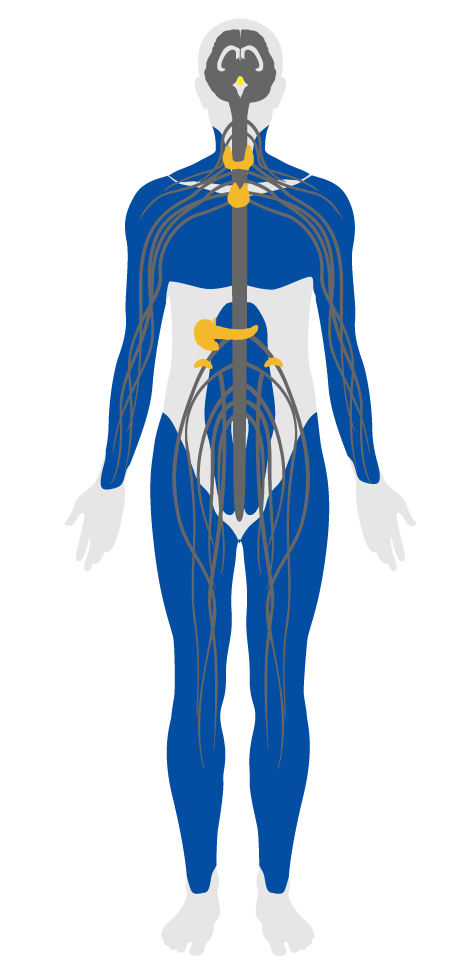Visual lighting design
- 53 Visual lighting design
- 54 Circadian lighting design
- 55 Electric light glare control
- 56 Solar glare control
- 57 Low-glare workstation design
- 58 Color quality
- 59 Surface design
- 60 Automated shading and dimming controls
- 61 Right to light
- 62 Daylight modeling
- 63 Daylighting fenestration
- P2 Light at night
- P3 Circadian emulation
Visual lighting design
To support visual acuity by setting a threshold for adequate light levels and requiring luminance to be balanced within and across indoor spaces.
BACKGROUND
Adequate light levels are needed for a broad variety of activities, including reading various qualities and types of print, and working on detail-oriented tasks. Brightness levels also contribute to the perception of spaciousness, as well as to the overall visual appeal of illuminated spaces. Targeted task lighting can provide the necessary amount of light at workspaces without over-illuminating ancillary spaces; ambient light levels of 300 lux are sufficient for most tasks. Pairing adjustable direct task lighting with indirect or diffuse ambient lighting allows user customization and good visual acuity while providing more suitable background light. Light intensity for visual acuity is measured in lux (or foot candles), which is a measure of the way the eye responds to light weighted to the response of the cone cells—the main photoreceptors for daytime vision, located on the retina of the human eye.

